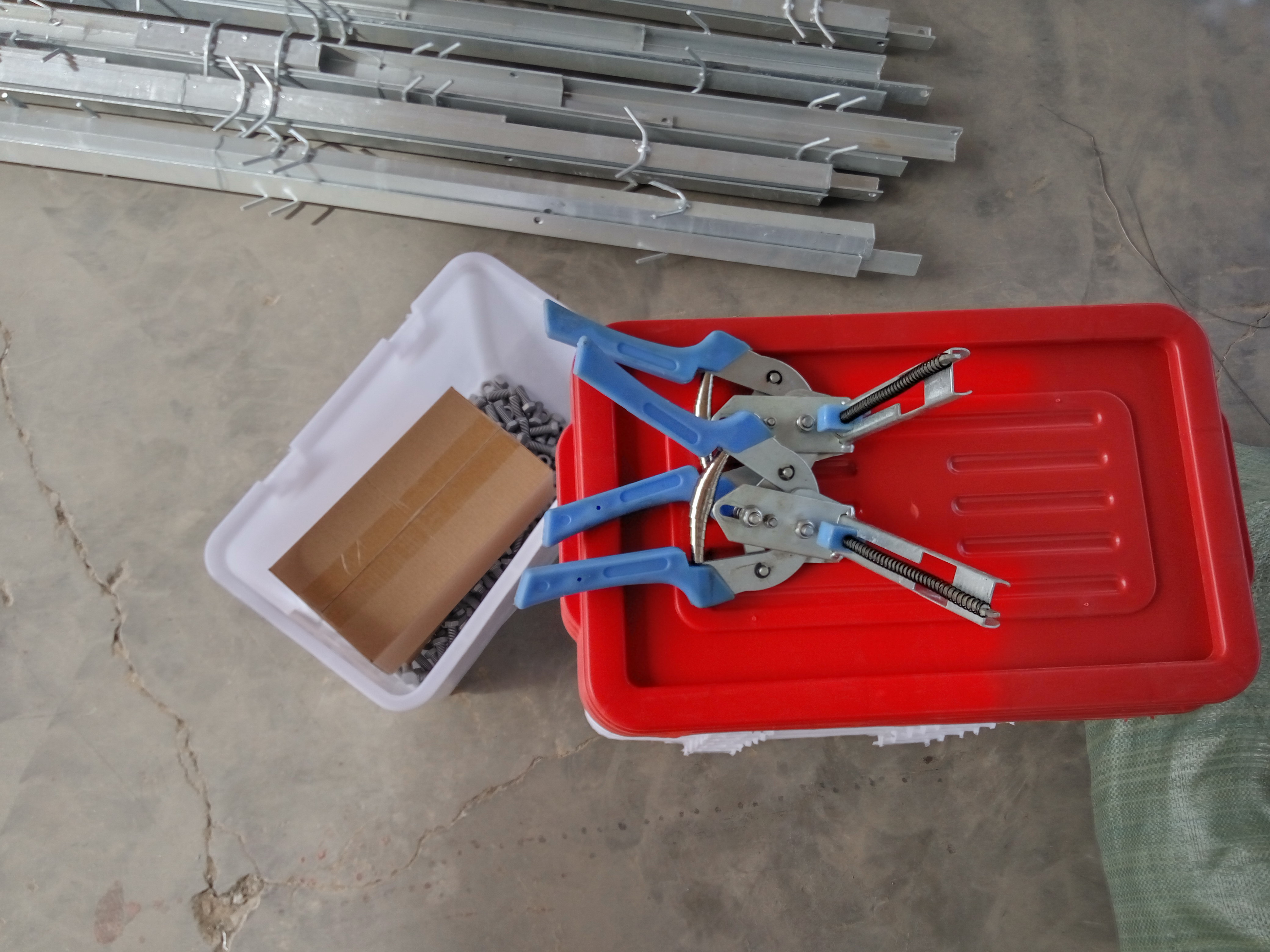poultry housing
Oct . 12, 2024 00:31 Back to list
poultry housing
Poultry Housing Essential Considerations for Optimal Health and Production
Poultry farming is a significant agricultural sector that provides a vital source of protein for millions worldwide. A fundamental aspect of successful poultry farming is adequate housing, which plays a critical role in maintaining the health and productivity of the birds. Understanding the various factors that contribute to effective poultry housing can help farmers optimize conditions for their flocks.
Types of Poultry Housing
Poultry housing can be categorized into several types, including traditional coops, modern high-rise systems, and free-range setups. Traditional coops are small, often built from wood, and provide basic shelter for a limited number of birds. These are suitable for backyard operations but may not support large-scale commercial production.
In contrast, modern high-rise systems are designed for efficiency and can accommodate thousands of birds. These facilities are typically constructed from metal or concrete and feature advanced ventilation and climate control systems. They minimize land use while maximizing production capacity. Free-range setups allow birds to roam outdoors and provide a more natural living environment, although they require larger amounts of land and present different management challenges.
Key Considerations for Effective Poultry Housing
1. Ventilation Proper airflow is crucial in poultry housing to prevent the buildup of ammonia and humidity, which can cause respiratory problems and lead to decreased productivity. Ventilation systems must be designed to ensure fresh air circulation, removing stale air and maintaining optimal temperature and humidity levels.
poultry housing

2. Space Requirements Each bird requires a certain amount of space to thrive, which varies by species and age. Overcrowding can lead to stress, aggression, and an increased risk of disease. Providing adequate space promotes healthy behavior, reduces competition for resources, and enhances overall flock well-being.
3. Flooring and Bedding The type of flooring and bedding used in poultry houses significantly impacts bird health. Solid or slatted floors with proper drainage are essential to manage waste effectively and reduce disease risks. Bedding materials, such as straw or wood shavings, should be clean, dry, and non-toxic to create a comfortable environment for the birds.
4. Lighting Adequate lighting is essential for promoting growth and egg production in poultry. Natural sunlight should be maximized in design, but supplemental artificial lighting can also be beneficial, especially in commercial setups. Lighting schedules that mimic natural day/night cycles can help regulate the birds' biological rhythms.
5. Sanitation and Biosecurity Maintaining a clean housing environment is vital for preventing disease outbreaks. Regular cleaning and disinfection protocols should be established to minimize the risk of pathogen transmission. Additionally, implementing biosecurity measures, such as controlled access to poultry areas and proper waste disposal, can protect flocks from external threats.
Conclusion
Effective poultry housing is foundational to successful poultry farming, directly influencing the health, productivity, and well-being of flocks. By considering essential factors such as ventilation, space requirements, flooring, lighting, and biosecurity, poultry farmers can create an environment that fosters optimal growth and production. As the global demand for poultry products continues to rise, investing in proper housing will be increasingly critical for meeting these needs sustainably and responsibly.
-
Hot Sale 24 & 18 Door Rabbit Cages - Premium Breeding Solutions
NewsJul.25,2025
-
Automatic Feeding Line System Pan Feeder Nipple Drinker - Anping County Yize Metal Products Co., Ltd.
NewsJul.21,2025
-
Automatic Feeding Line System Pan Feeder Nipple Drinker - Anping County Yize Metal Products Co., Ltd.
NewsJul.21,2025
-
Automatic Feeding Line System - Anping Yize | Precision & Nipple
NewsJul.21,2025
-
Automatic Feeding Line System - Anping Yize | Precision & Nipple
NewsJul.21,2025
-
Automatic Feeding Line System-Anping County Yize Metal Products Co., Ltd.|Efficient Feed Distribution&Customized Animal Farming Solutions
NewsJul.21,2025






